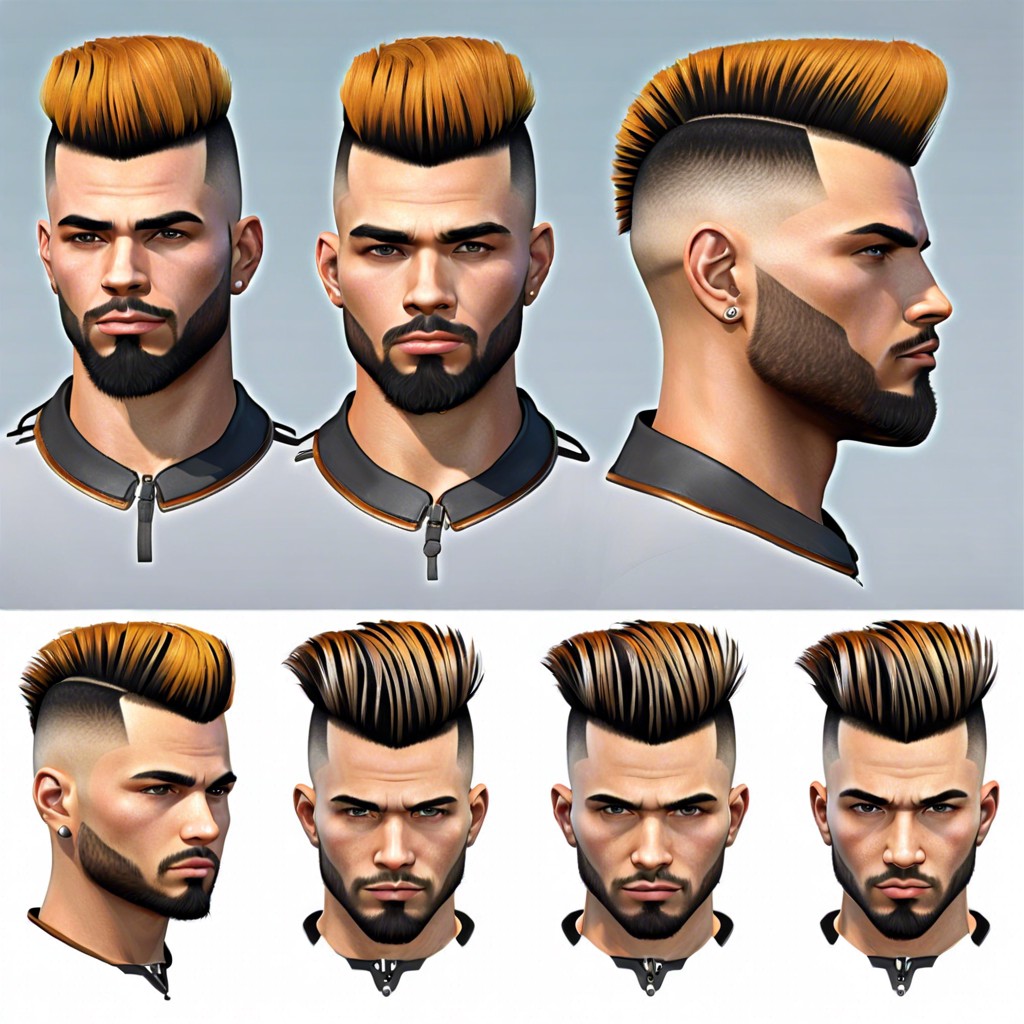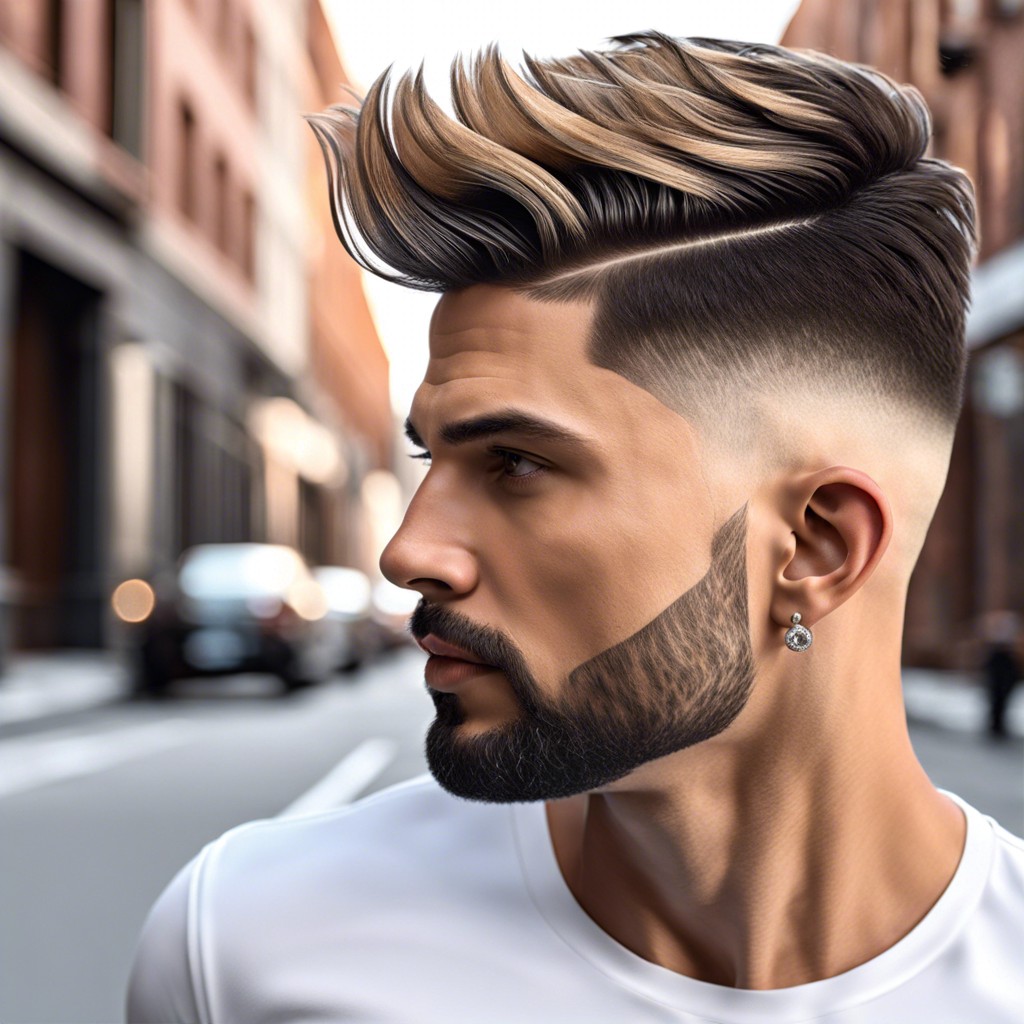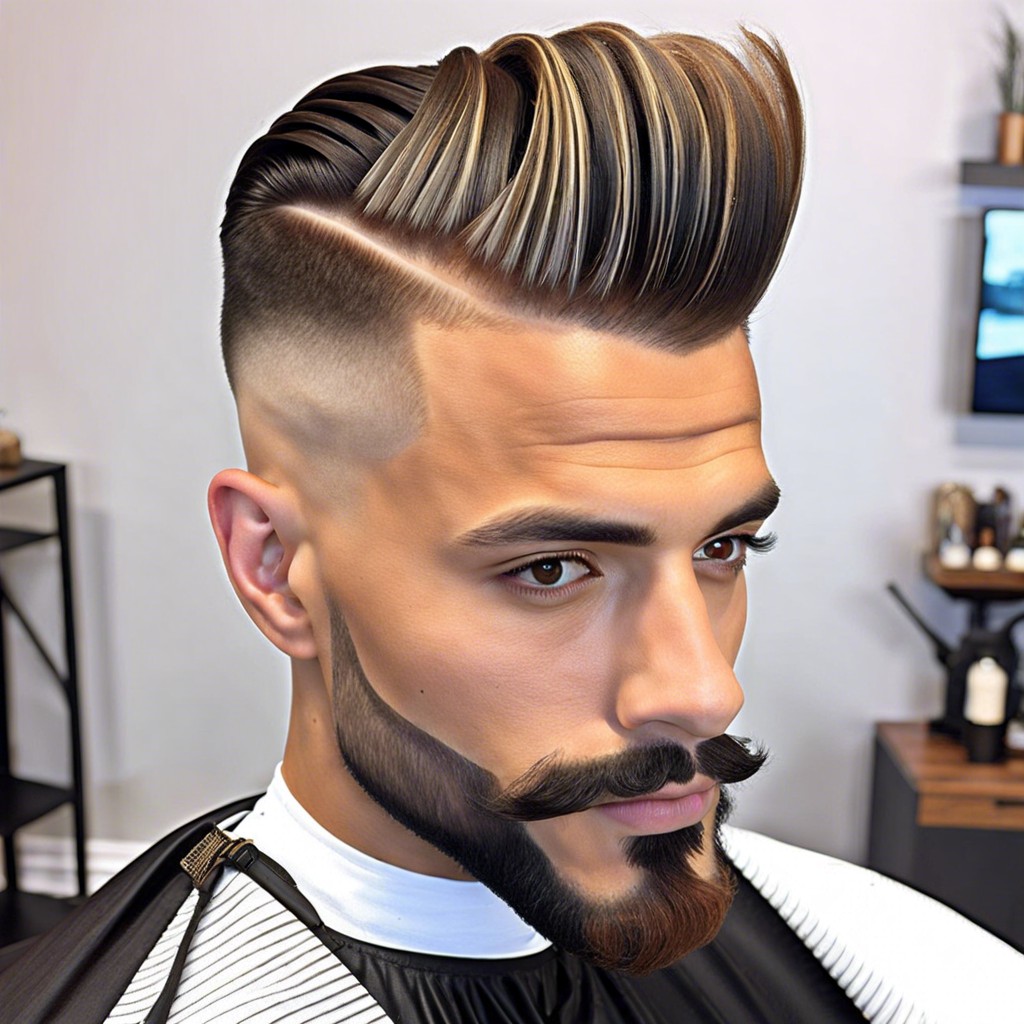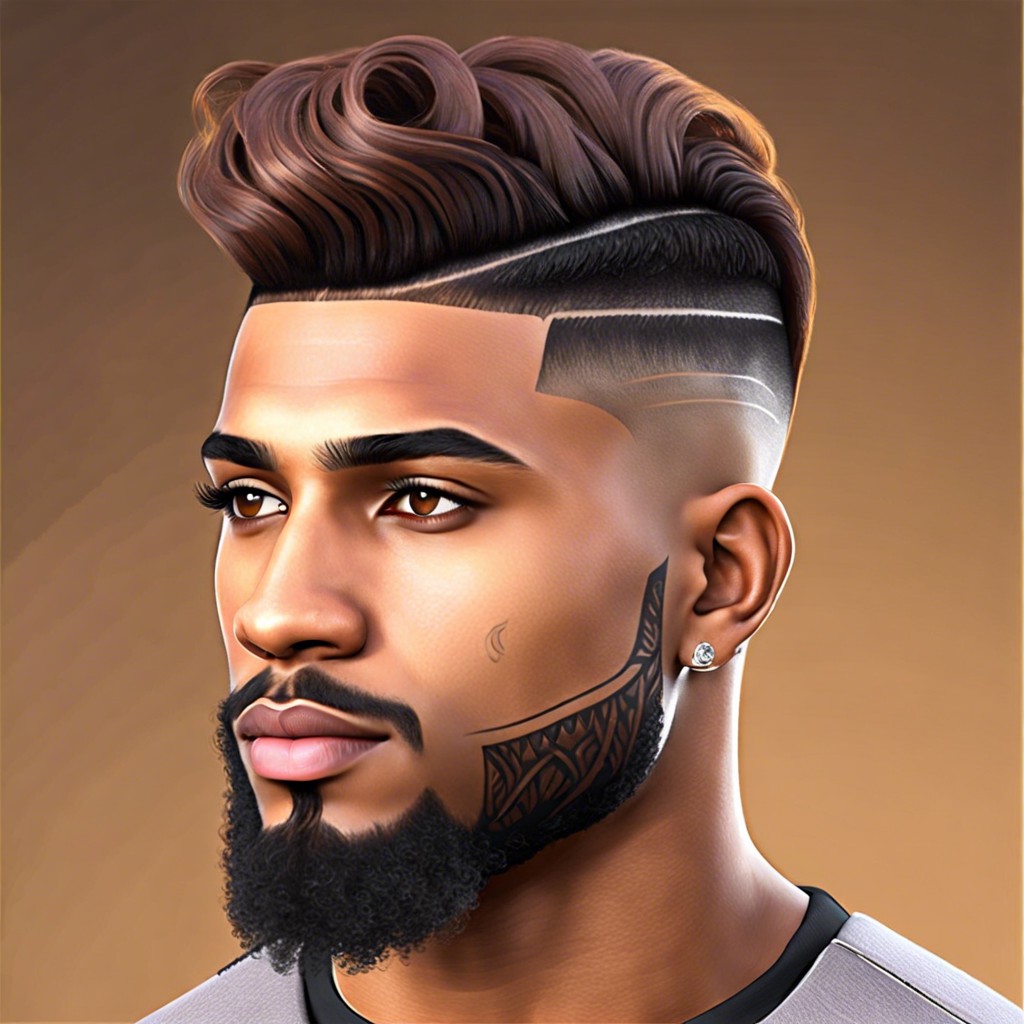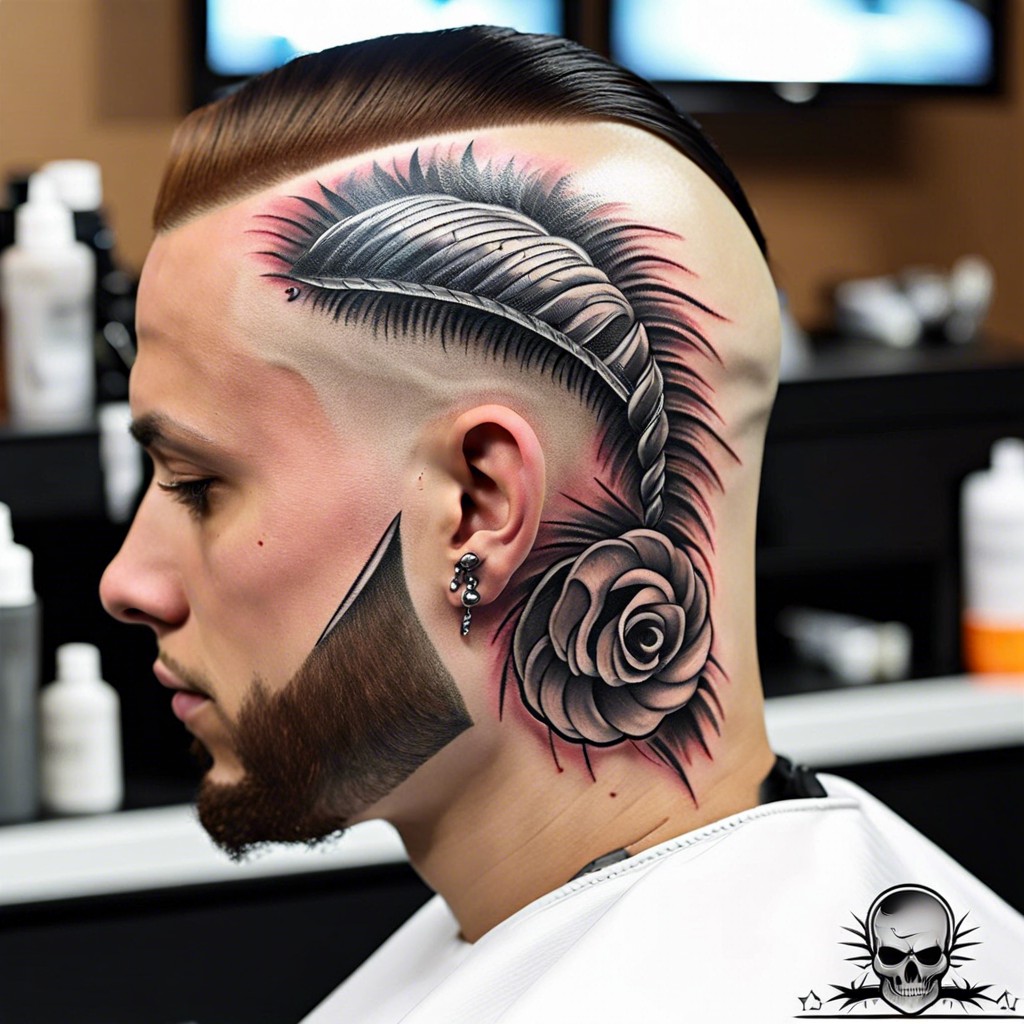In this article, you will discover fresh and modern takes on the burst fade haircut to elevate your style.
Definition of Burst Fade
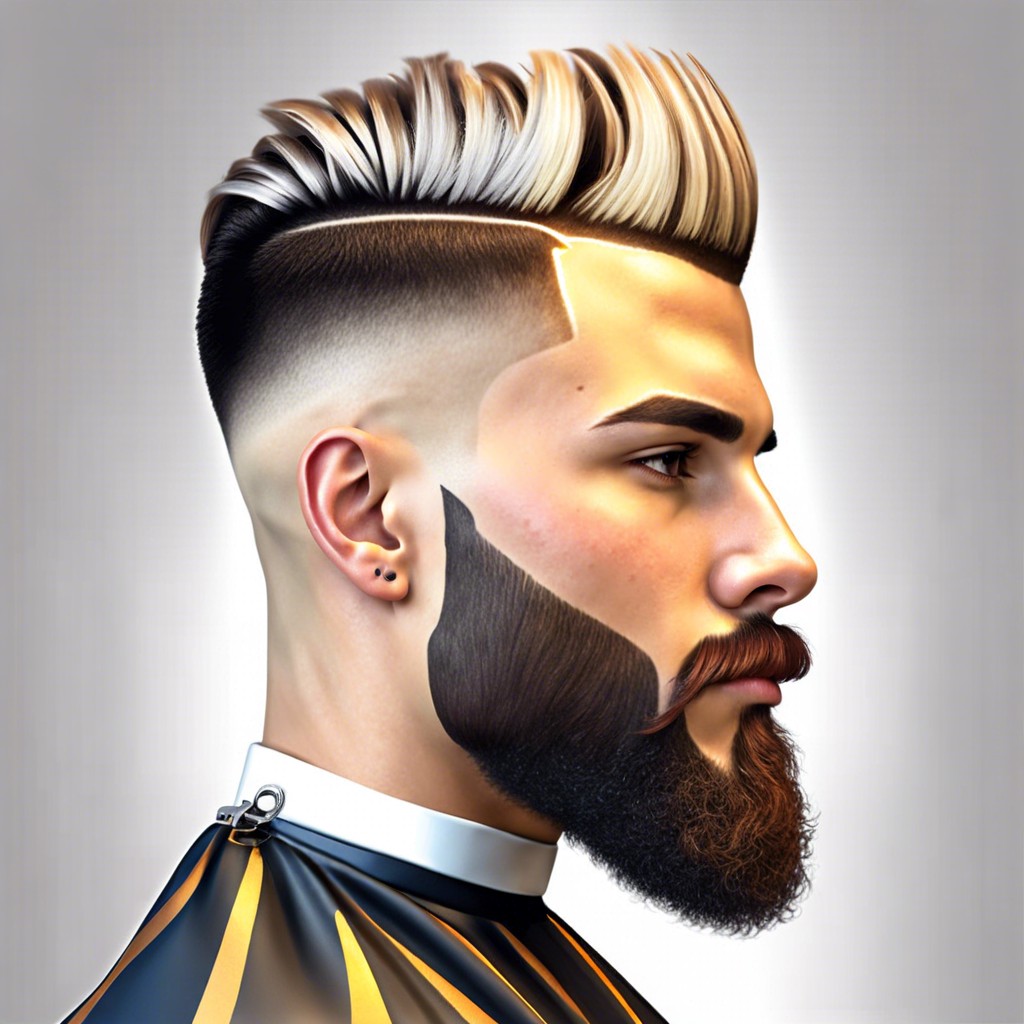
A burst fade is a unique taper that follows the ear’s curvature, resembling a sunburst pattern as it blends into the hair on top. Differentiating from traditional fades, it offers a semi-circular fade that stands out with its distinct shape.
This style adds an elegant twist to various haircuts, providing a modern and stylish edge to both short and long hairdos.
Origin of the Burst Fade Hairstyle
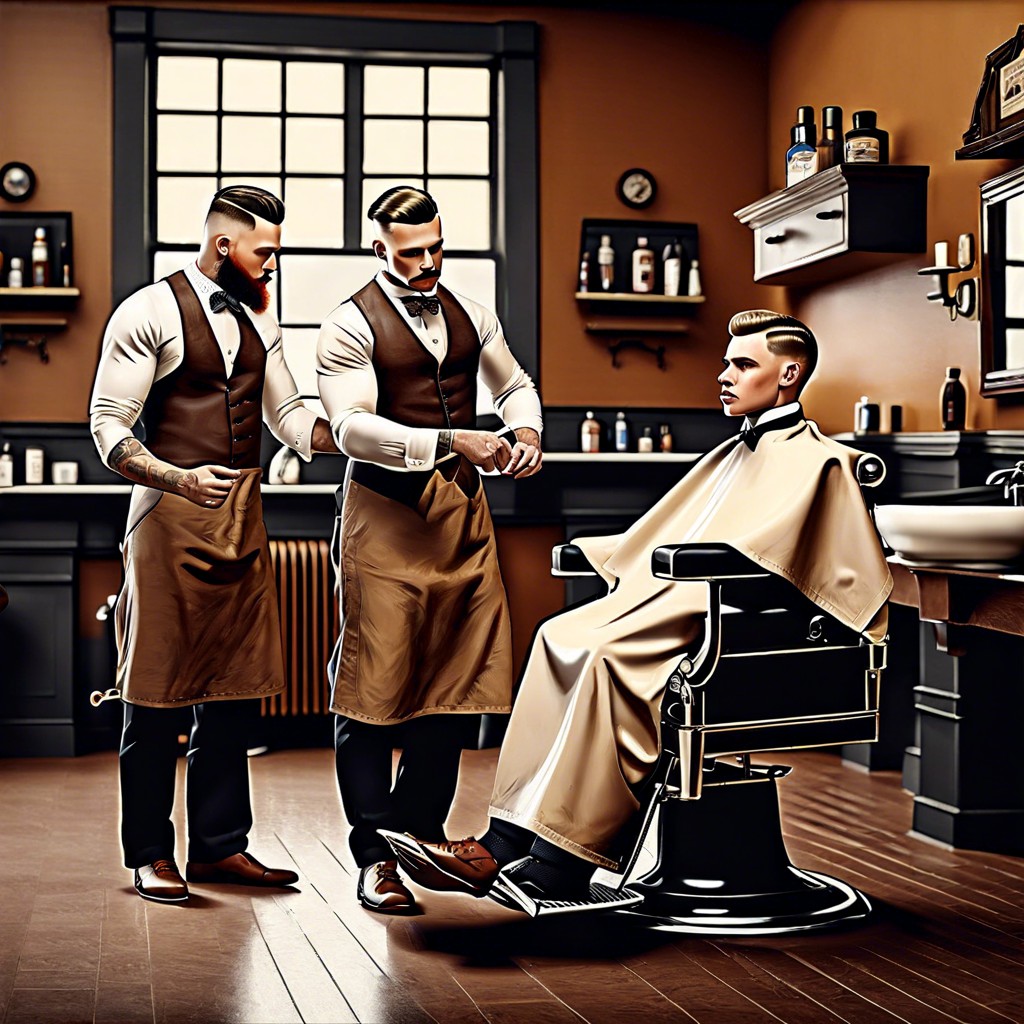
The burst fade’s roots are traced back to the textured hairstyles prevalent in the 1980s. It gained momentum within diverse urban communities, particularly among African American men who embraced its unique contour.
This style’s resurgence in recent years can be linked to its versatility and the cross-cultural fusion within modern barbering trends.
How to Cut a Burst Fade
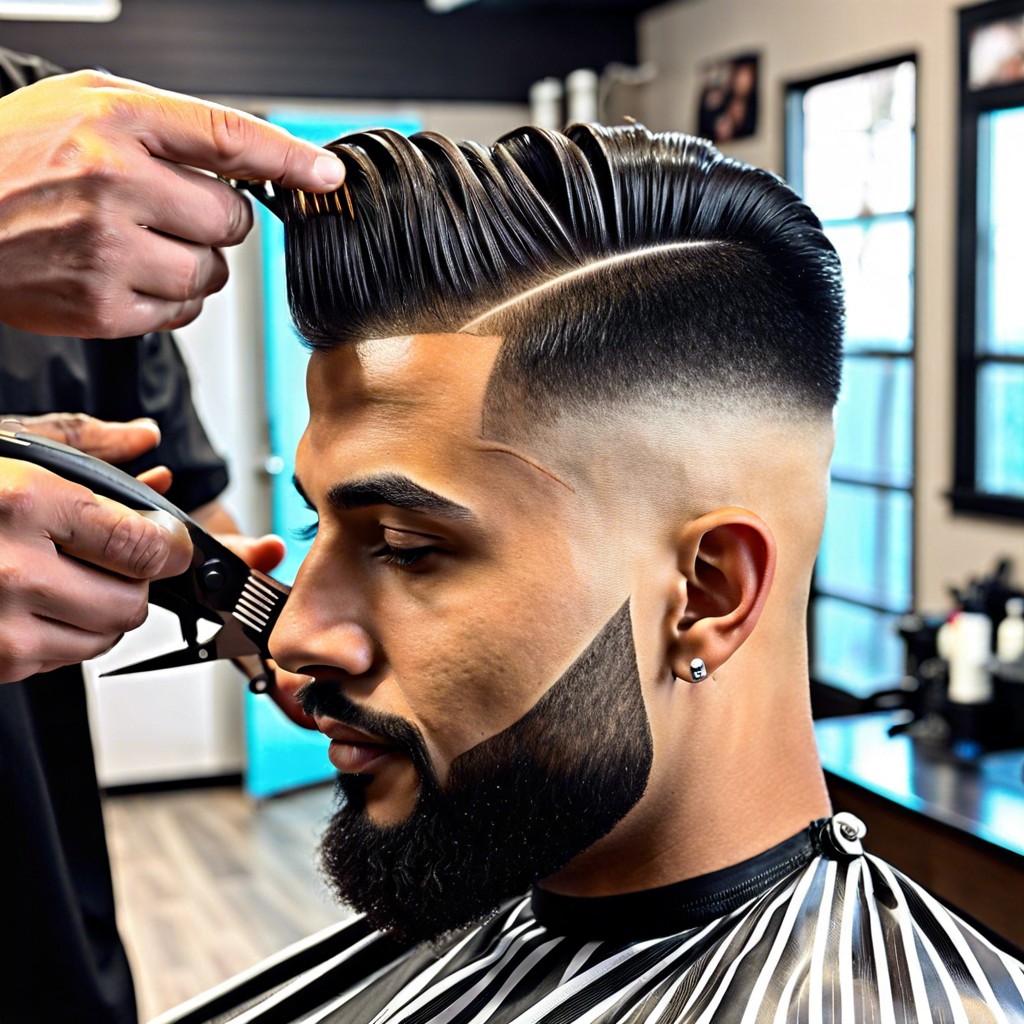
A burst fade involves tapering the hair around the ear and back of the head in a semicircular pattern, creating a faded ‘burst’ effect. Precision is key as the gradient must be gradual and blend smoothly into the longer lengths on top.
The stylist works with clippers at varying lengths, carefully transitioning from shorter to longer hair to achieve the desired fade intensity.
Burst Fade With Short Hair
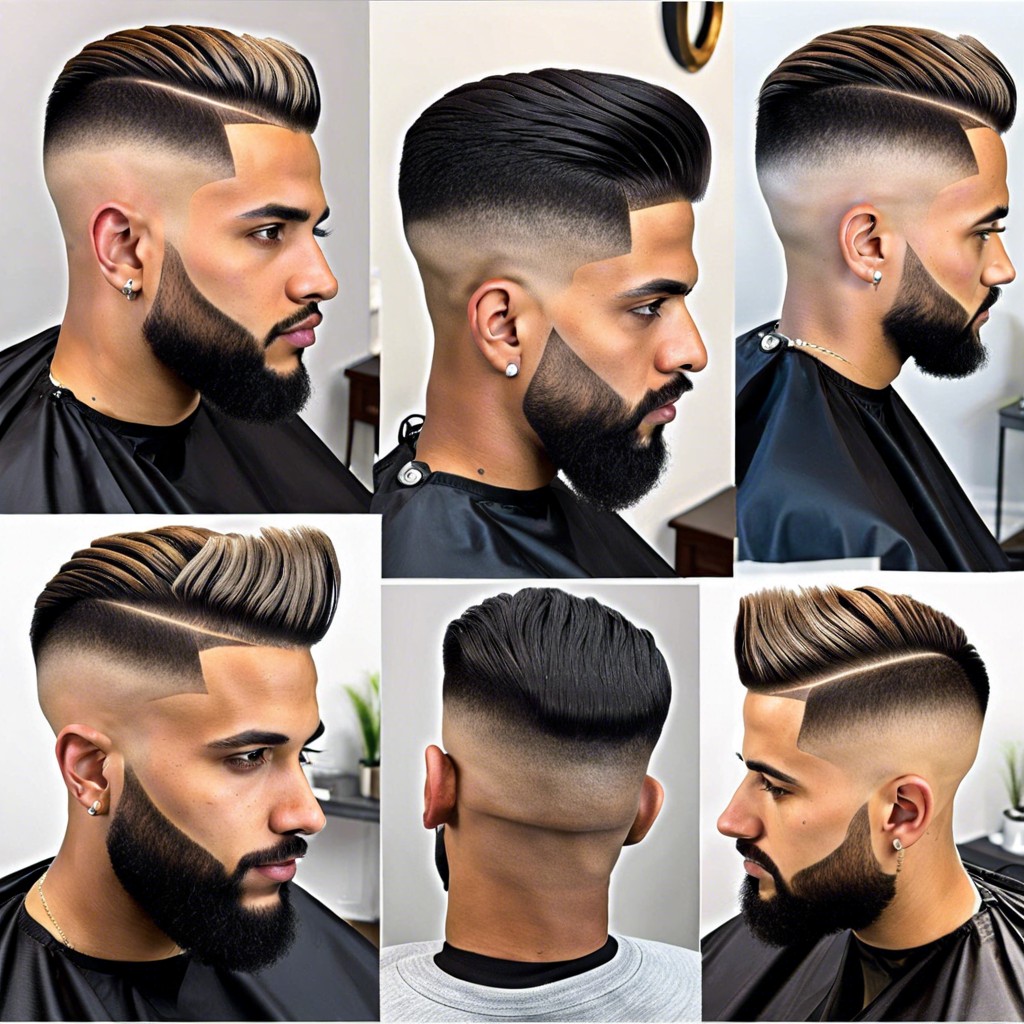
A burst fade with short hair offers a sharp contrast, highlighting a clean, crisp look around the ears and neckline. This style is a modern choice that complements a variety of short haircuts, from buzz cuts to crew cuts. It adds a dynamic edge to a classic short hairstyle without the need for extensive daily styling.
Burst Fade With Long Hair
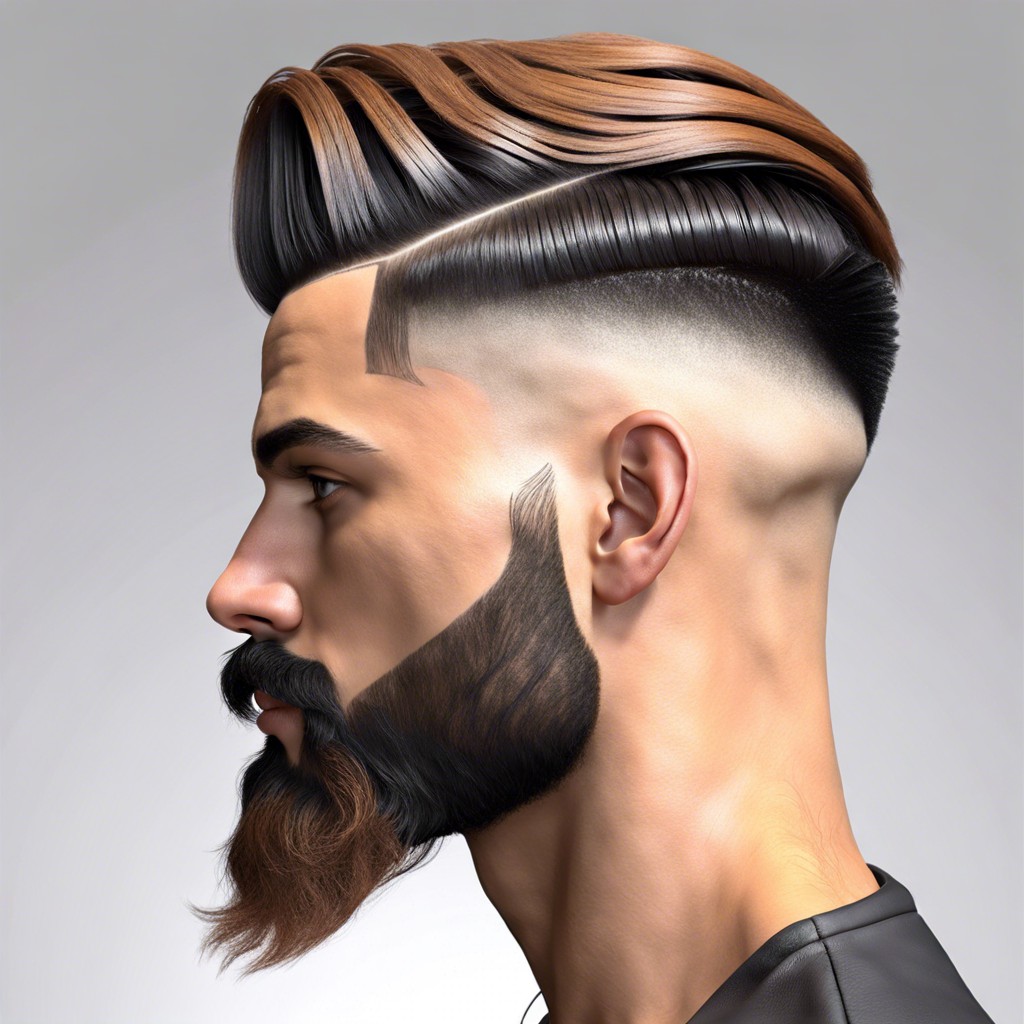
The long hair burst fade provides a striking contrast, showcasing a bold transition from tightly clipped sides to a voluminous crown. This style adds a modern twist to longer hairstyles, allowing for a variety of textures and layers to play a pivotal role in the overall look.
It particularly suits those looking to balance the freedom of long locks with the clean-cut sharpness of a fade.
Burst Fade for Different Face Shapes
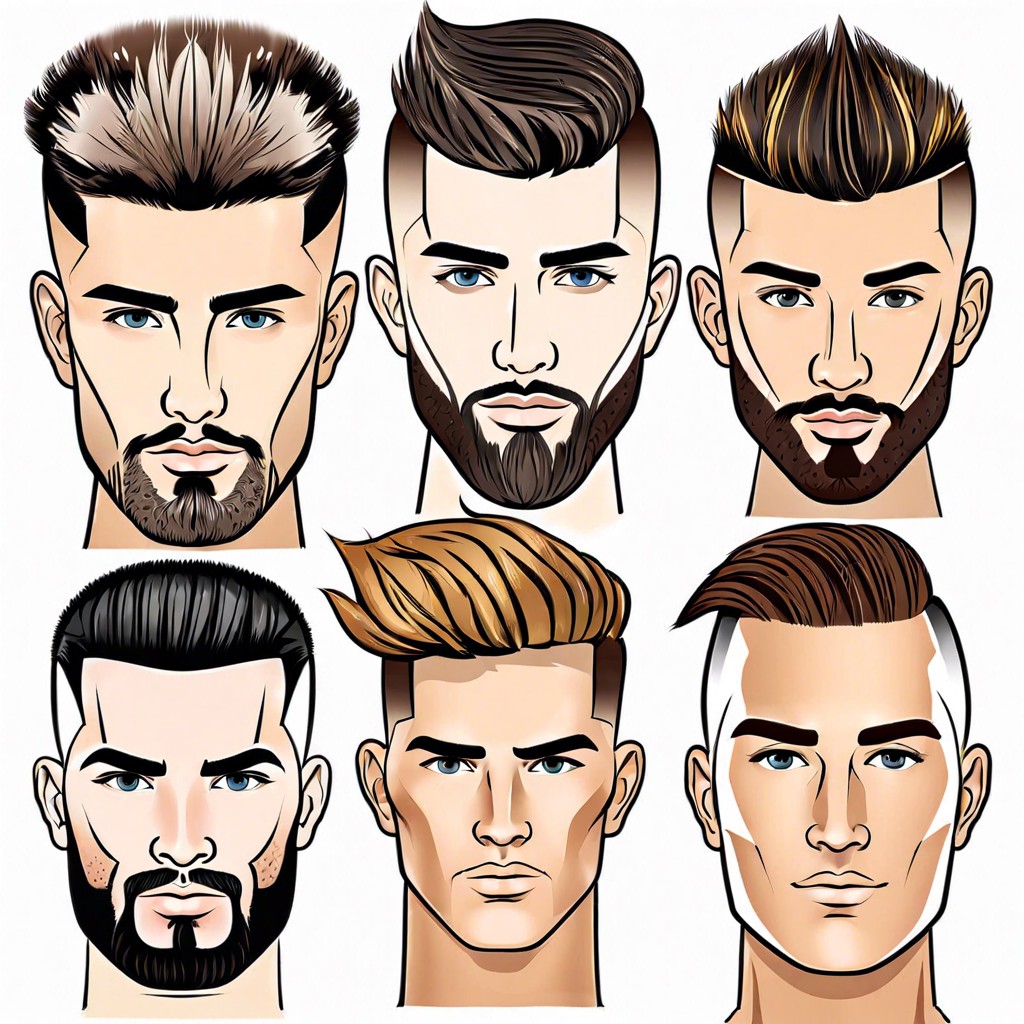
Selecting the right burst fade can accentuate the best features of various face shapes, enhancing natural contours and adding balance.
Individuals with round faces may opt for a higher burst fade to elongate their profile, while those with angular faces might choose a lower fade to soften their features.
It’s crucial to tailor the intensity and placement of the fade to complement the unique structure of each client’s face, offering a customized look that flatters their individual shape.
Styling Tips for Burst Fades
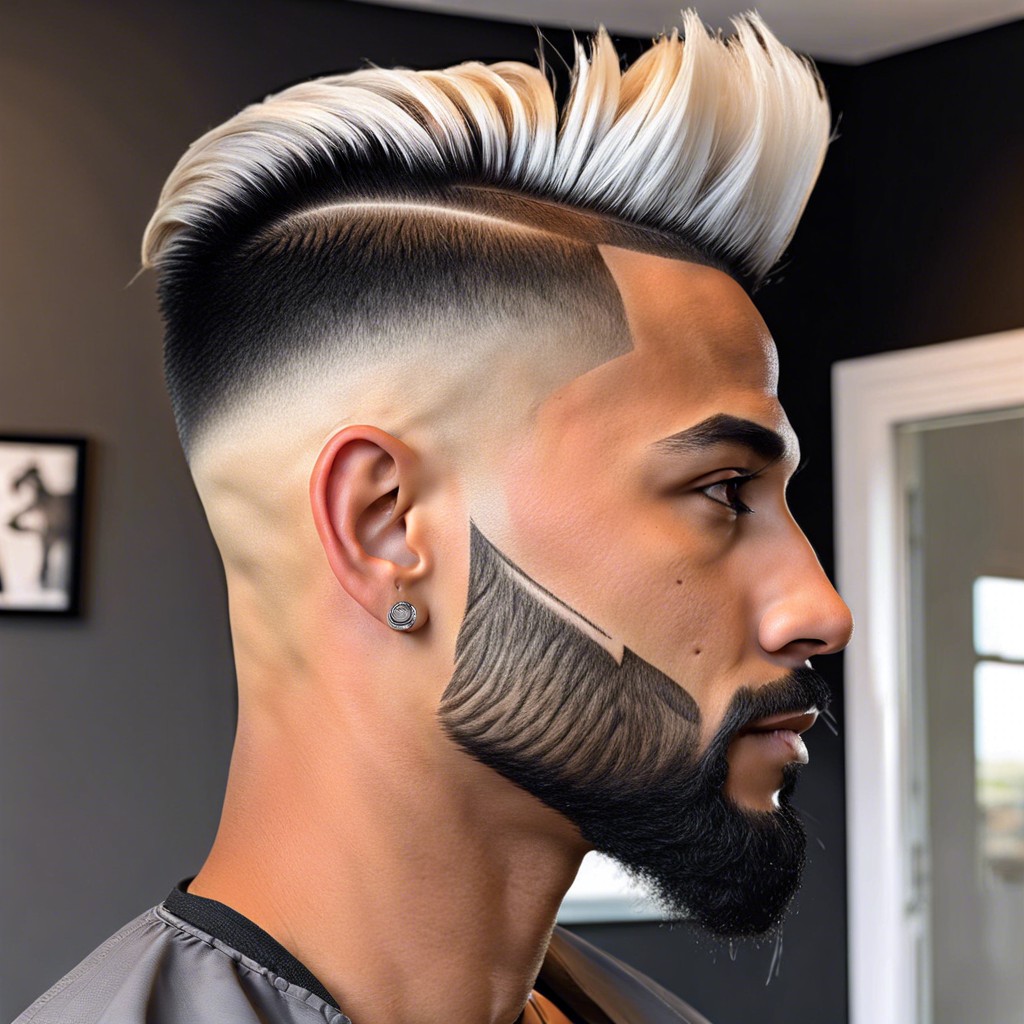
Opt for a textured look by using pomade or wax to add definition to the top section, enhancing the contrast with the faded sides.
If you want a sleeker appearance, blow dry the hair upwards and use a little hairspray for a hold that complements the sharpness of the fade.
Embrace natural curls or waves by using a curl-enhancing cream to boost volume at the crown, allowing for a seamless flow into the burst fade.
Celebrities With Burst Fades
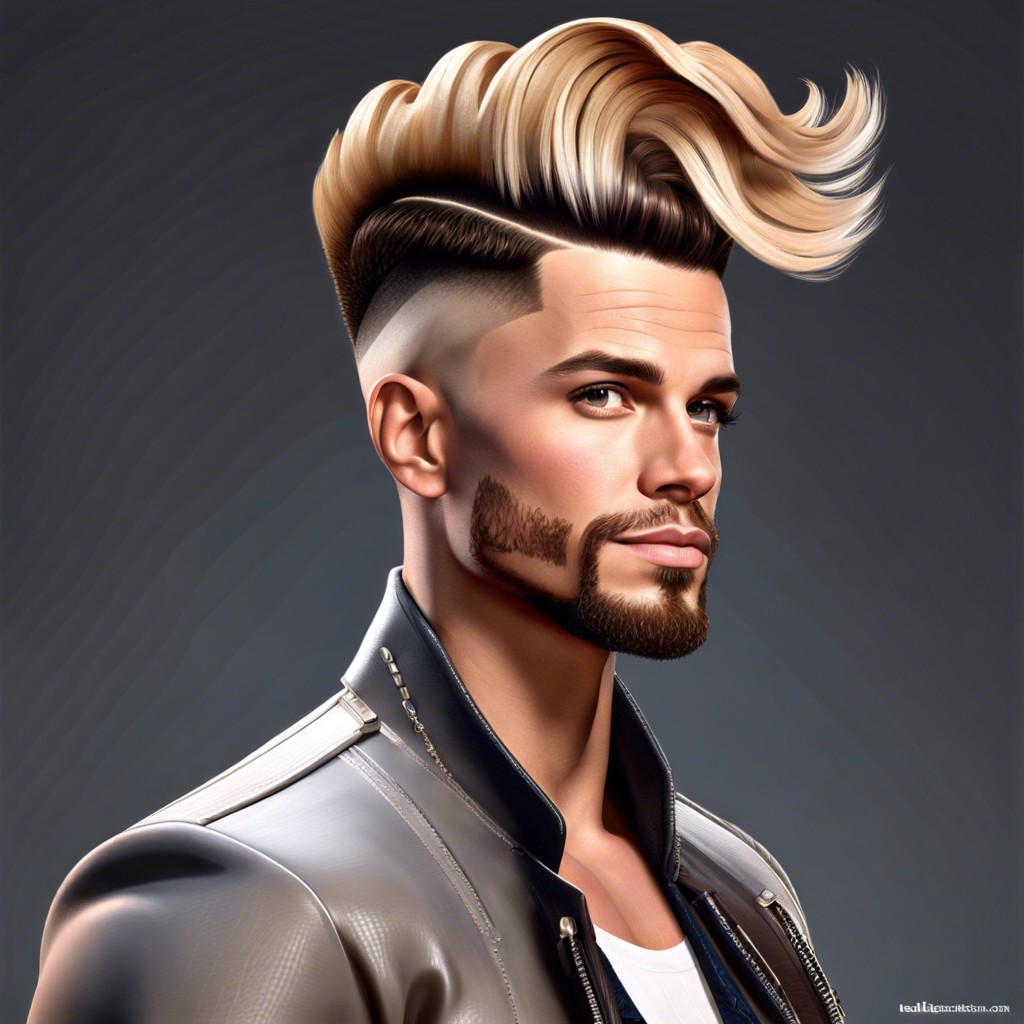
Many high-profile entertainers and athletes opt for the burst fade, showcasing its versatility and trendiness.
Figures like Usher and LeBron James have been spotted rocking the cut, which adds a sense of edginess and style to their public image.
Their choice to sport burst fades often sets hair trends and influences fans, making it a popular request in barbershops worldwide.
Burst Fade With Beard Combinations
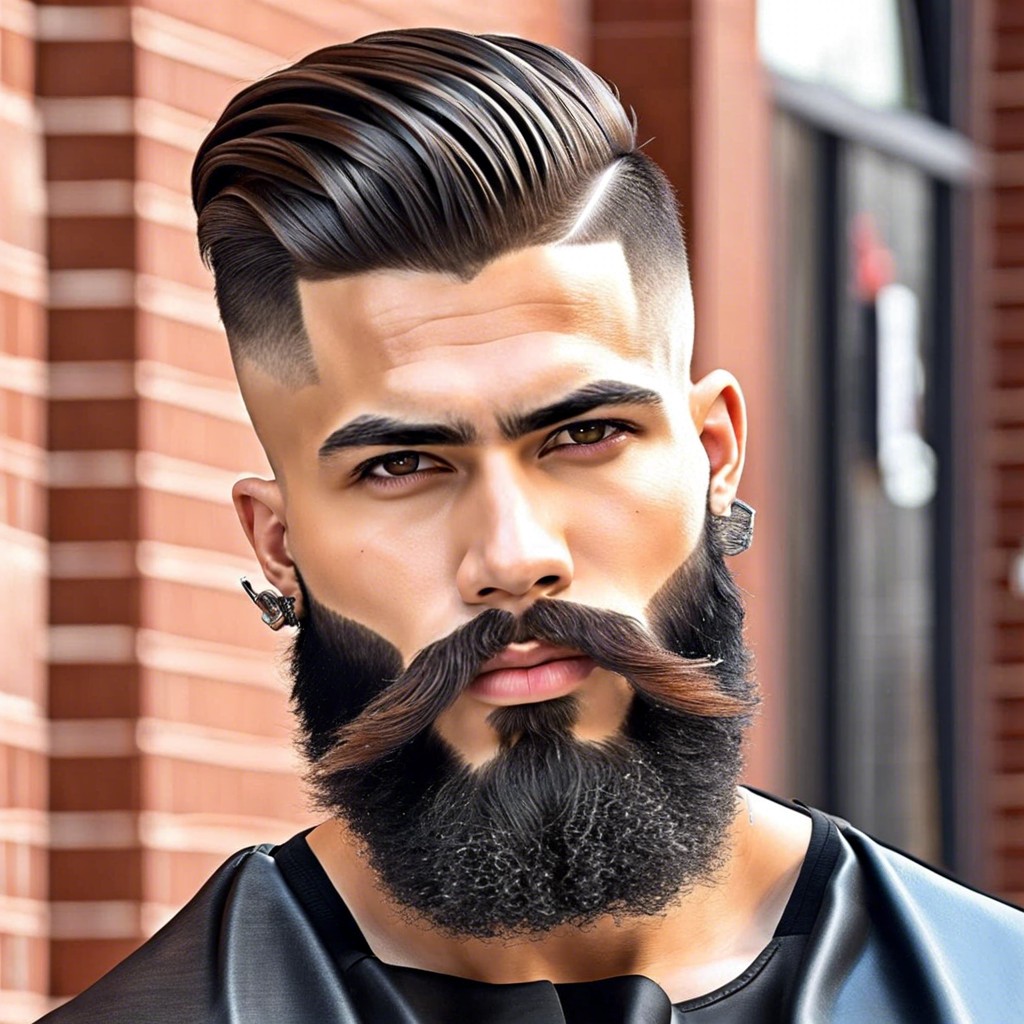
Pairing a burst fade with a well-groomed beard creates a sharp contrast that accentuates the jawline, adding a masculine edge to the look.
Opting for a beard that blends seamlessly into the fade can provide a cohesive style, which delivers a modern and polished aesthetic.
The versatility of the burst fade allows it to complement a range of beard styles, from stubble to full beards, making it a dynamic choice for those wanting to combine hair and facial hair trends.
Maintenance of a Burst Fade
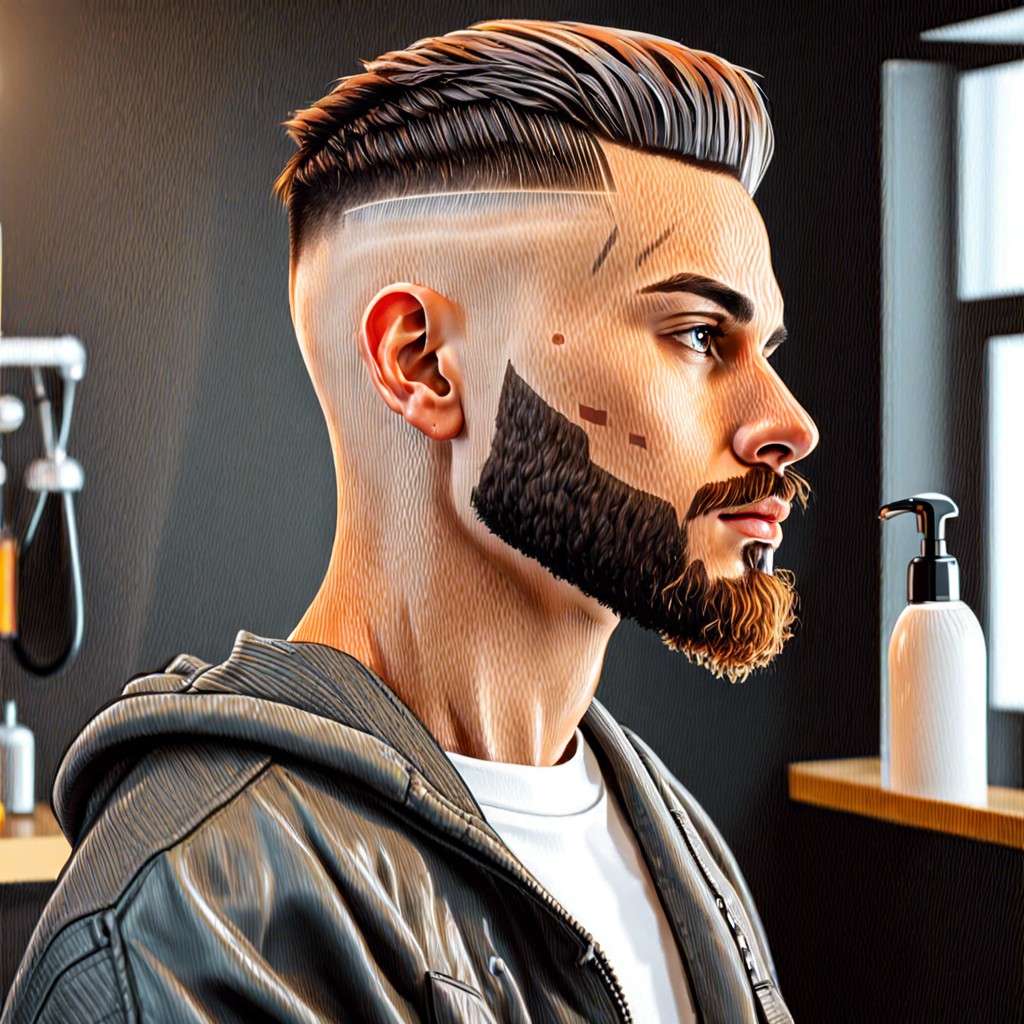
To maintain the sharpness of a burst fade, regular touch-ups every 3-4 weeks are recommended. Using the proper hair care products, like pomades and gels, can help keep the styled look in place throughout the day.
Keeping the hair clean and moisturized is essential to prevent the hairstyle from losing its defined edges and sleek appearance.
Burst Fade for Various Hair Types
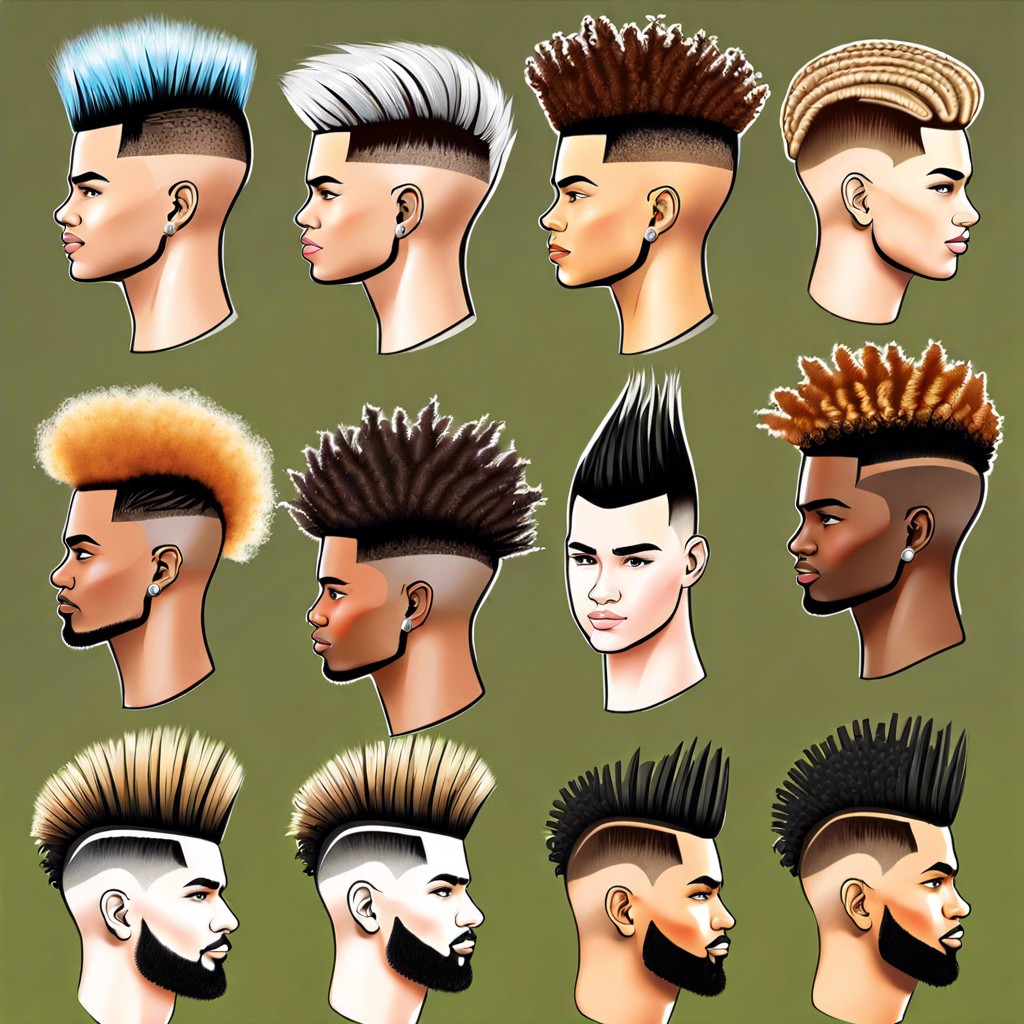
The burst fade’s versatility shines with its adaptability to different hair textures, from straight to kinky curls, each type creating a unique contour and silhouette.
Fine hair benefits from the burst fade’s layered approach, which adds volume and depth, while coarser hair types achieve a sculpted, sleek perimeter with this style.
Regardless of hair type, the gradient effect in a burst fade enhances the hair’s natural movement and can be tailored to amplify or soften individual features.
Cultural Significance of Burst Fades
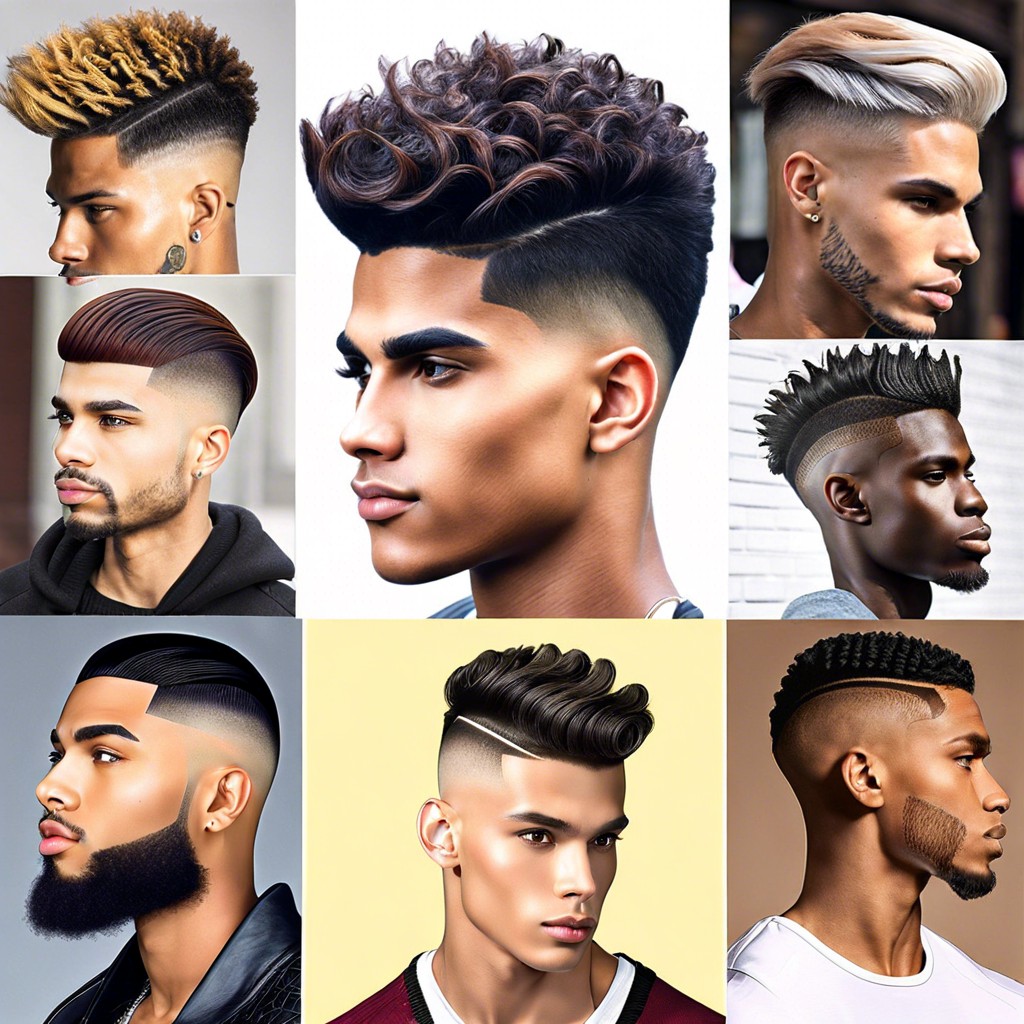
The burst fade has transcended its urban roots, symbolizing a blend of contemporary style with a nod to the past. Its adoption across various cultures underscores a universal appeal for a haircut that balances edginess with a polished finish.
As a marker of cultural identity, it has been embraced by diverse groups, showcasing the versatility and adaptability of this dynamic look.
Evolution of the Burst Fade Trend
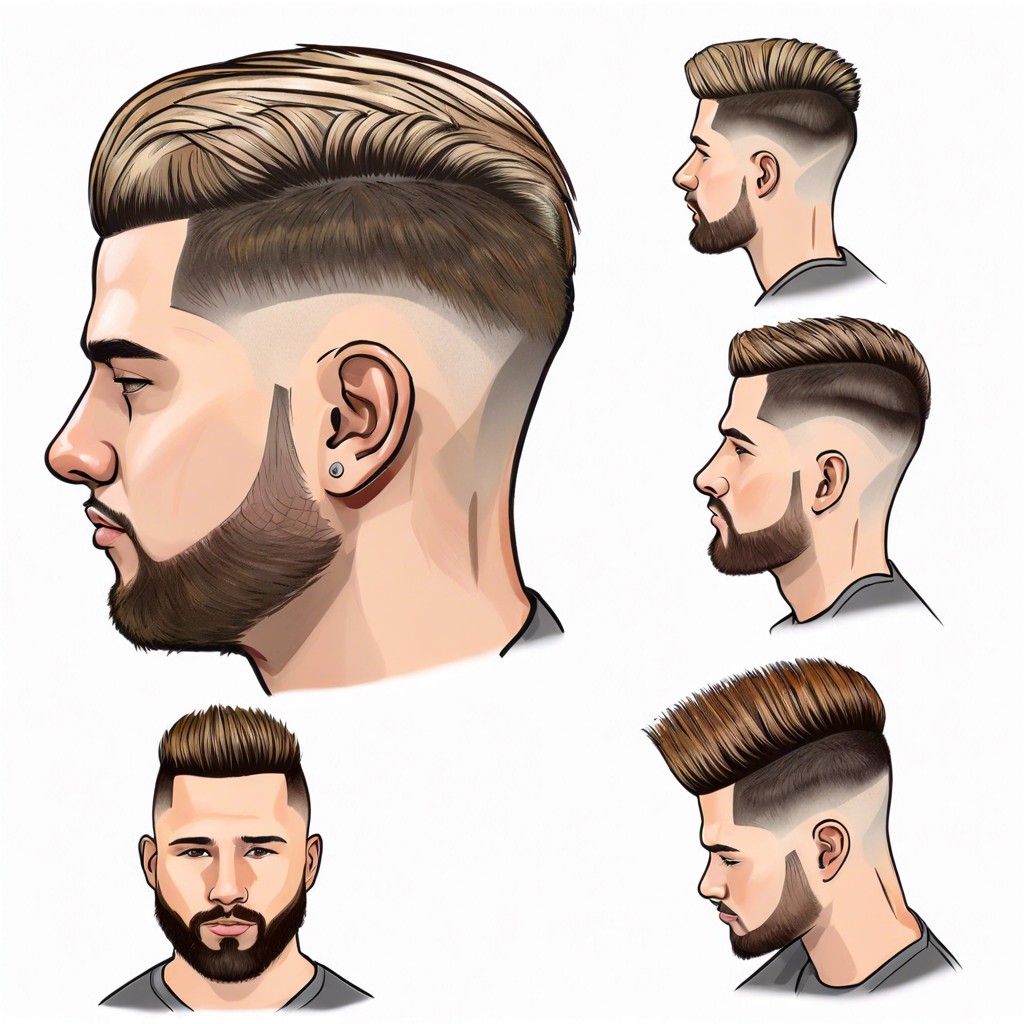
Initially seen in the 1980s among African American communities, the burst fade gained traction as a standout, edgy look.
Throughout the years, it has adapted to various cultures and style preferences, integrating seamlessly with contemporary hairstyles.
In recent times, it has become a staple in barber shops globally, often paired with intricate designs to reflect individuality and fashion trends.
Burst Fade and Hair Color Variations
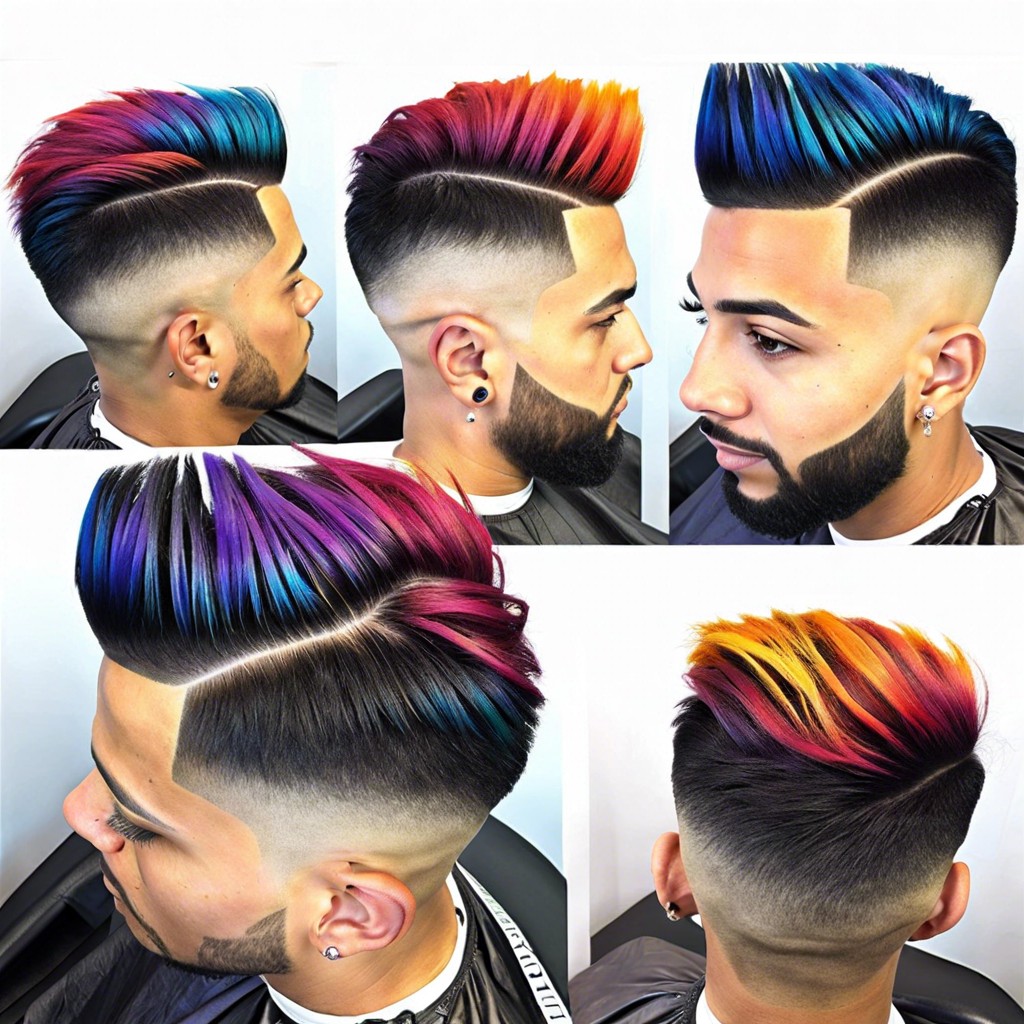
Introducing color into a burst fade can transform its visual impact, offering a fresh, edgy look. Strategically placed highlights or a bold all-over color amplify the burst fade’s dynamic silhouette.
For those seeking a personalized touch, pastel hues or stark contrasts between hair color and skin can accentuate the burst’s curve.
Comparison of Burst Fade to Other Fade Styles
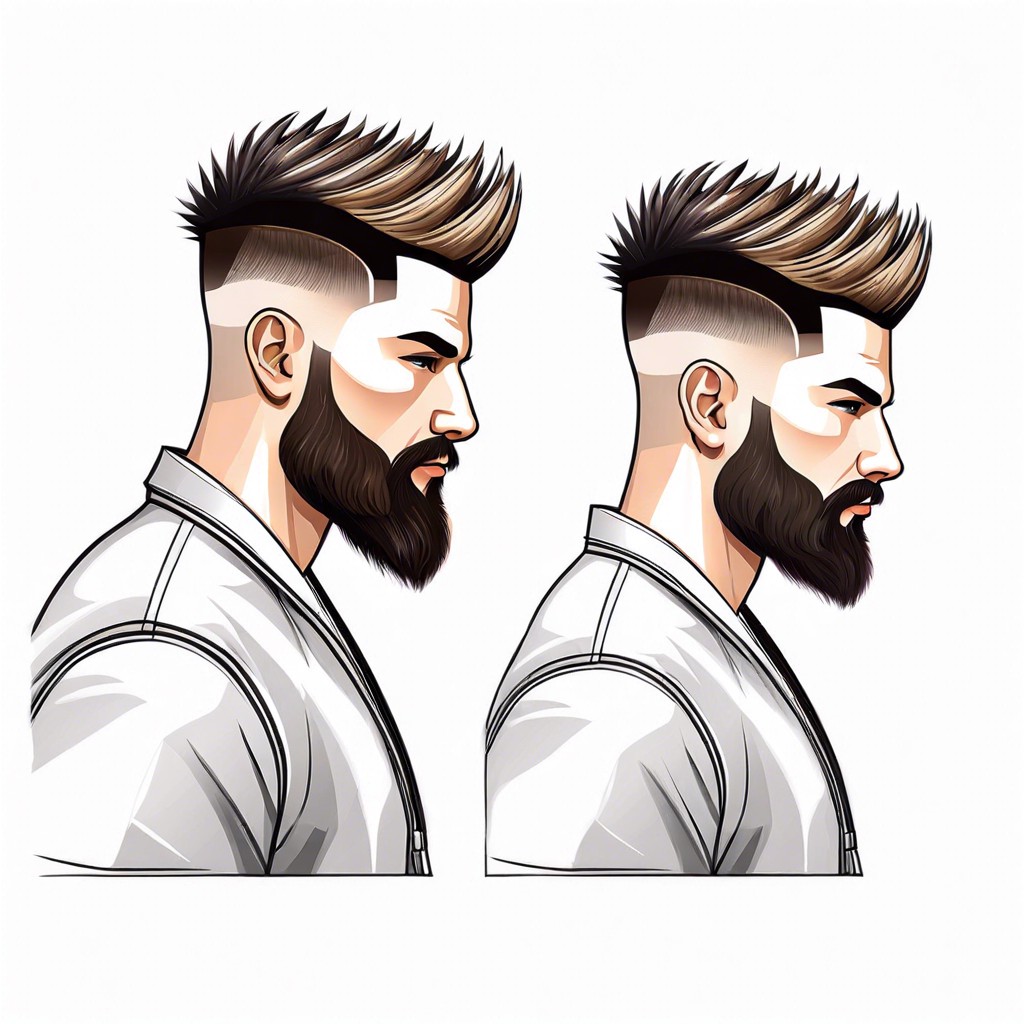
The burst fade is distinguished by its rounded graduation of hair length around the ear, contrasting with the back-to-sides progression of a typical fade.
Unlike the high and tight aspects of a skin or bald fade, the burst allows for a more nuanced transition and can accommodate various hair lengths on top.
It is a versatile choice for those seeking a unique fade that stands out from the standard taper or temple fades commonly seen.
